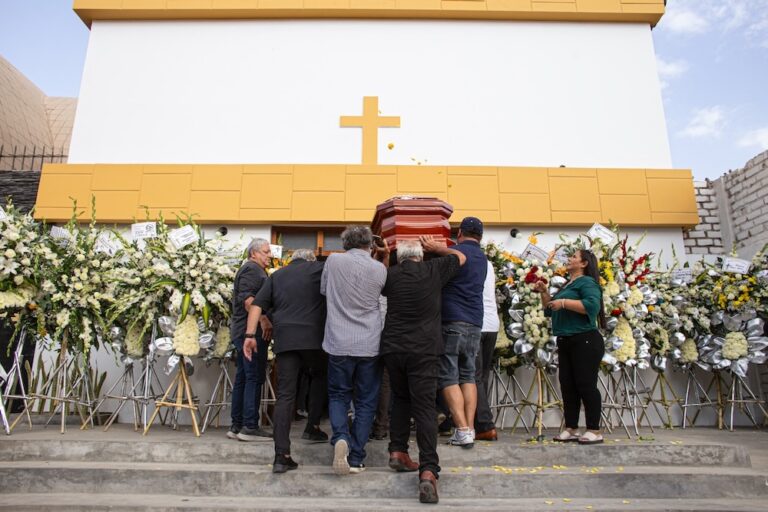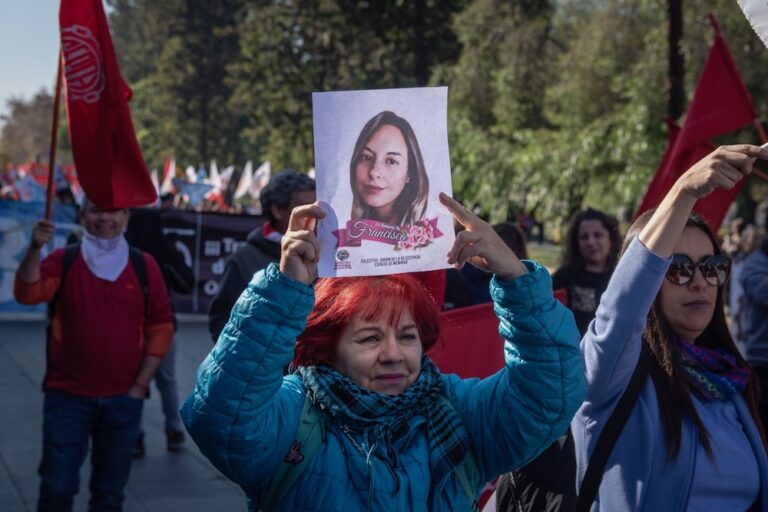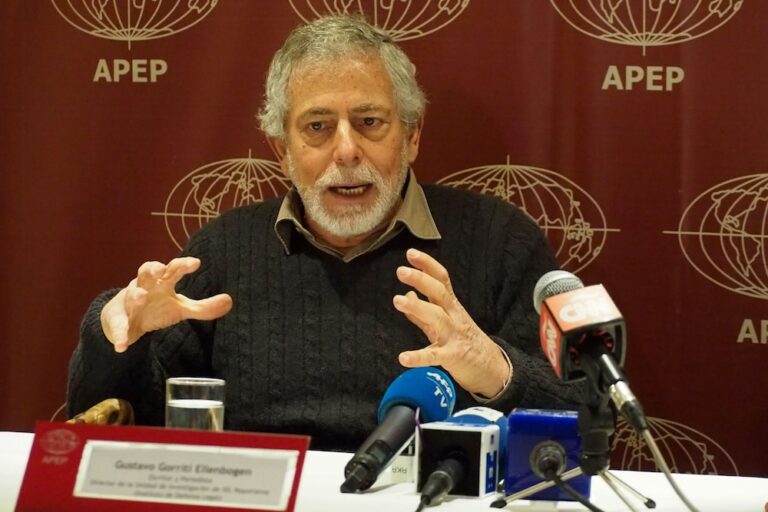Peruvian authorities should carry out a prompt, thorough, and impartial investigation into the killing of three people during a confrontation between police and anti-mining protesters.
This statement was originally published on hrw.org on 6 October 2015.
Peruvian authorities should carry out a prompt, thorough, and impartial investigation into the killing of three people during a confrontation between police and anti-mining protesters on September 28, 2015, Human Rights Watch said today.
The police opened fire on protesters who were trying to enter a mining camp in Cotabambas, in Peru’s Apurímac department, Peruvian news outlets and human rights groups reported. At least 15 other protesters were injured, several of whom had bullet wounds. Twelve policemen were also injured by protesters who engaged in acts of violence, such as throwing rocks, local news outlets reported.
“Protesters who engage in violence should be held accountable, but so too should any police who use excessive force against protesters,” said Daniel Wilkinson, Americas managing director at Human Rights Watch. “Police of course have the right to defend themselves, but that isn’t a right to use lethal force unless that is the only proportionate response to an imminent threat to life.”
The protests against alleged changes in the copper mine’s environmental impact assessment began on September 25. Violence erupted on September 28 when the protesters tried to force their way into the camp. In response, the police opened fire, local news outlets reported.
The three protesters who died were Exaltación Huamaní Mío, 32; Alberto Cárdenas Chaco, 24; and Beto Chahuayllo Huillca, 39. Seven civilians and three policemen remain hospitalized, according to information provided by the National Ombudsman’s Office to the Association for Human Rights (Asociación pro Derechos Humanos, Aprodeh), a Peruvian nongovernmental organization.
The United Nations Basic Principles on the Use of Force and Firearms by Law Enforcement Officials require law enforcement officials, in carrying out their duty, as far as possible to apply non-lethal force before resorting to firearms in violent protests. Whenever the use of firearms is unavoidable, law enforcement officials should use restraint and act in proportion to the seriousness of the risk faced. The legitimate objective should be achieved with minimal damage and injury, and preservation of human life respected.


